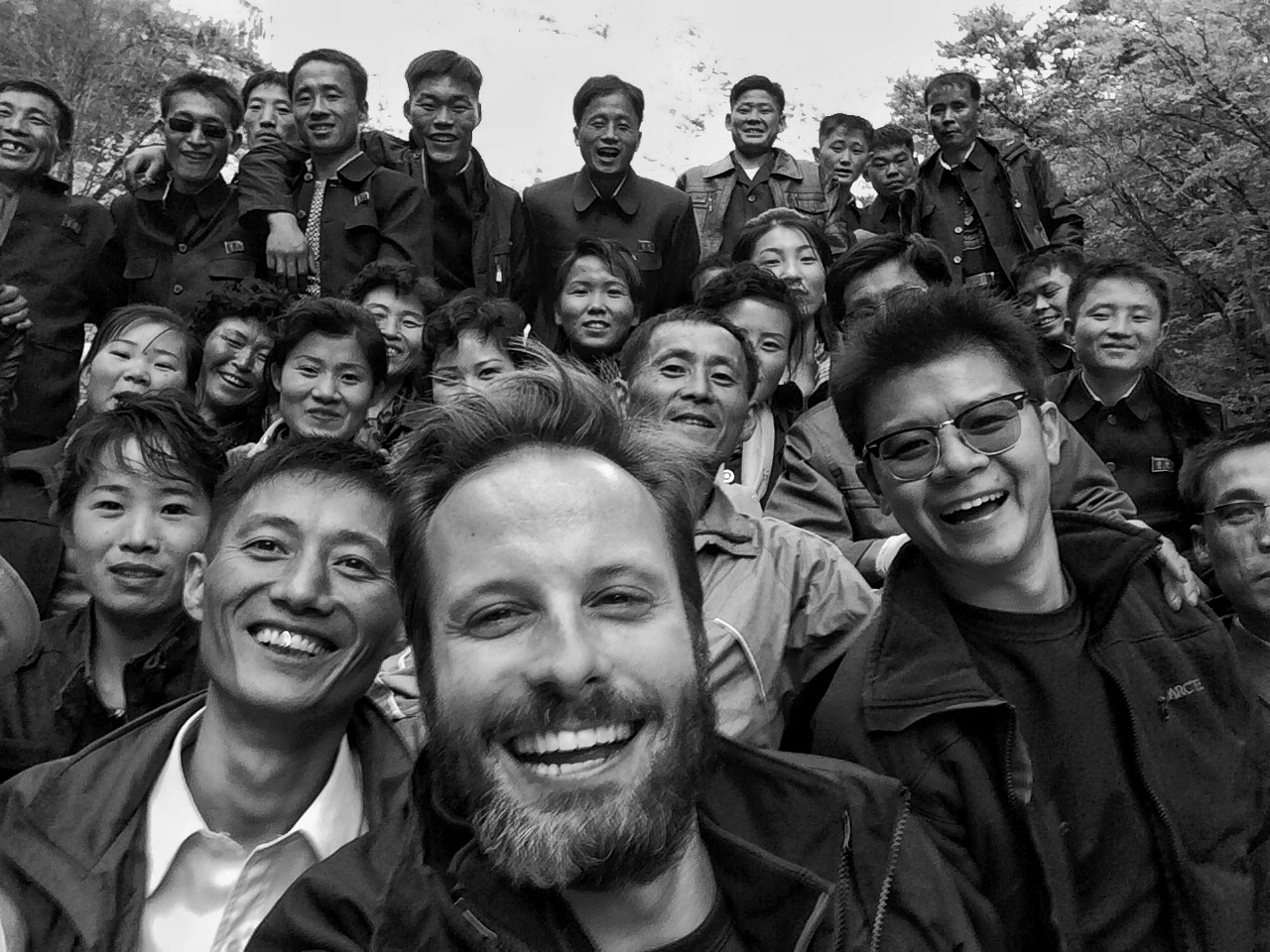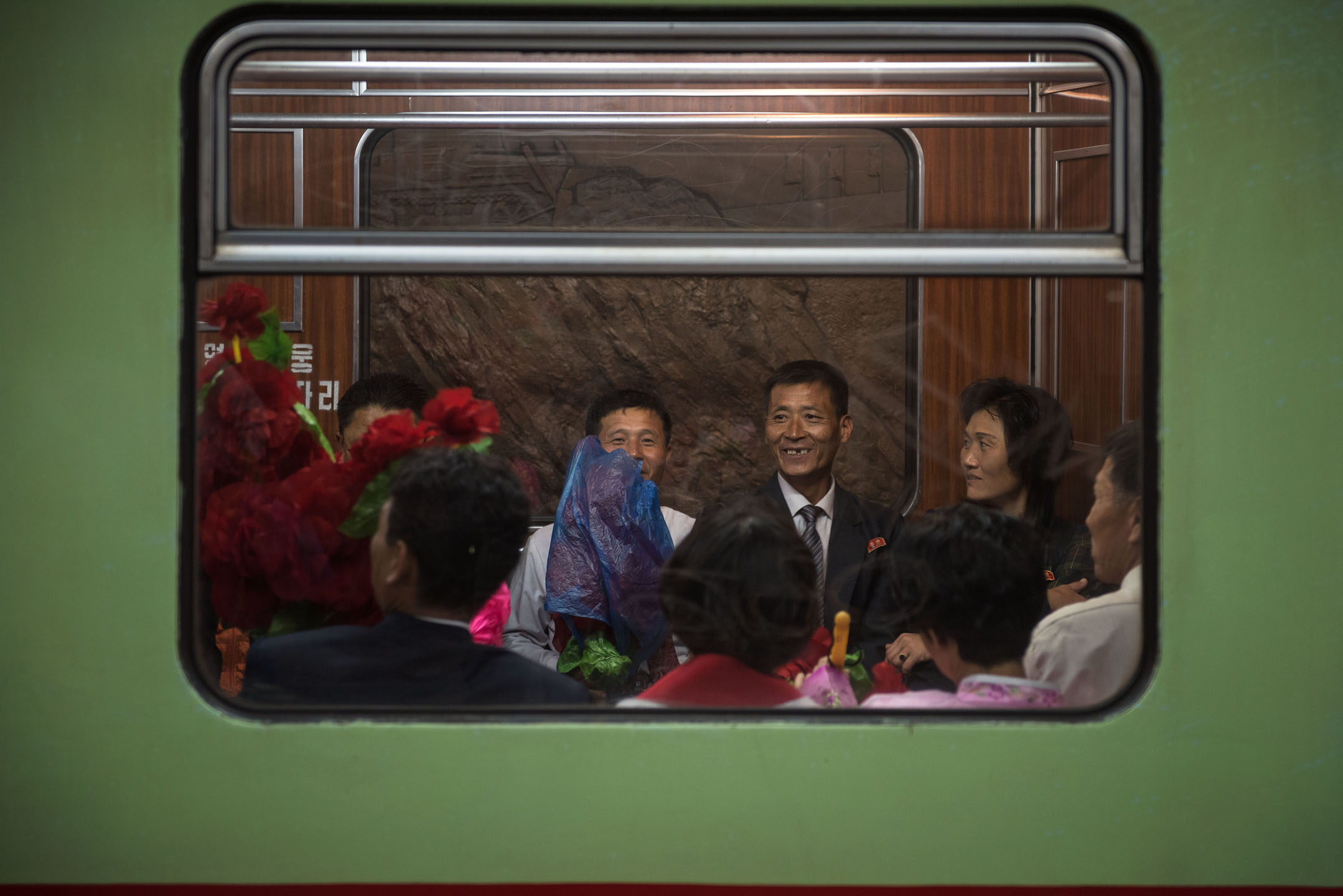While the mere mention of this secluded nation
evokes instant mental images, there’s more to daily life
in North Korea than meets the casual eye.
For more than a decade, I have been fascinated by North Korea, longing to travel to the infamous Hermit Kingdom and experience it firsthand. Finally, in October 2015 — after many years of unsuccessful attempts and with the assistance of Uri Tours — I was able to secure a tourist visa to travel to the DPRK for seven days during the national celebrations commemorating the 70th anniversary of the founding of the Worker’s Party of Korea, the lone ruling regime of the country’s 24 million citizens.
Of course, I had many preconceptions of what it would be like to experience North Korea in person, and so many questions I wanted to ask about real life inside. I constantly bombarded our minders with queries about their lives, their education, their families, their homes, their jobs, and on and on and on… What surprised me most was the limited questions they posed back to me; besides typical pleasantries such as, “How old are you?”, “Are you married?”, “Do you have children?”, I was asked very little about my life in Canada or Singapore, or my experiences traveling anywhere else in the world. I never considered that the North Koreans wouldn’t be as inquisitive about what life was like outside the Hermit Kingdom as I was in what life was like inside it. Or perhaps they’re conditioned not to be curious.
The tour was tightly controlled, with a detailed daily itinerary and rigid scheduling throughout; we were never permitted to leave the hotel or wander anywhere unaccompanied at any time. With the exception of our government minders — with whom we spent between 12 and 16 hours every day (and who also stayed in the hotel with us) and the local tour guides who met us at each of the many monuments and museums we visited — there were very few opportunities to interact with local North Koreans (with one brilliant exception, which I explain below). We rode the Pyongyang Metro for a few stops one morning, and we cycled for an hour or so through a handful of city streets (with our minders in tow at all times, of course) one afternoon. During those times, we were able to wave and say hello to people in passing. Although they were reserved, for the most part everyone was friendly, and many reciprocated our greetings.
One afternoon, while my friend Leonard and I were hiking with our minder in the Manphok Valley near Mount Myohyang, we met a large group of North Koreans walking along the same path. Nobody in the group spoke English, but after a series of hellos and smiles and handshakes, the locals asked us (through our minder) if they could take a group photograph with us, to which we happily agreed. When the photo was captured, and before the group could disseminate, I quickly pulled out my iPhone and snapped a one-of-a-kind selfie, everyone close together, smiling broadly. It was in this rare moment that I experienced an authentic personal connection, a gentle reminder that, although we come from divergent places, we’re not that different after all.
When I returned home to Singapore, I reached out to my friends at Travel + Leisure Southeast Asia and told them of my North Korean experience. The result of that exchange is the 8-page photography feature that appears in the May 2016 issue of T+L SEA.
See a larger collection of my photography from inside the Hermit Kingdom: Part I and Part II.




Share your thoughts